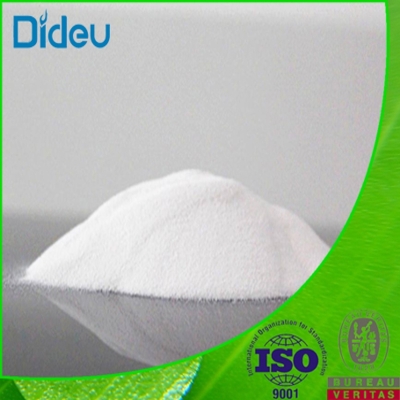-
Categories
-
Pharmaceutical Intermediates
-
Active Pharmaceutical Ingredients
-
Food Additives
- Industrial Coatings
- Agrochemicals
- Dyes and Pigments
- Surfactant
- Flavors and Fragrances
- Chemical Reagents
- Catalyst and Auxiliary
- Natural Products
- Inorganic Chemistry
-
Organic Chemistry
-
Biochemical Engineering
- Analytical Chemistry
-
Cosmetic Ingredient
- Water Treatment Chemical
-
Pharmaceutical Intermediates
Promotion
ECHEMI Mall
Wholesale
Weekly Price
Exhibition
News
-
Trade Service
Japan wants to build invisible optical fiber, WiFi speed up 10 times
.
Download a Blu-ray movie in
seconds.
The new technology and its claimed speed are yet to be peer-reviewed
.
If the technology does work, the transmitter will be the key to achieving 10 times faster WiFi connections
.
The Japanese team has been able to send electromagnetic waves with wavelengths of less than a millimeter, and its frequencies are in the range
of 275 to 305 GHz.
It is worth mentioning that once the frequency of electromagnetic waves exceeds the 300GHz boundary, it enters the terahertz band
.
This band appears more smooth than other bands, as if flying above all aircraft
.
The researchers say they have now been able to use the terahertz band to achieve 100Gbps data sending speeds
across multiple channels.
With the further improvement of the technology, this speed can be increased to trillions of bits per second
.
Lead researcher Minoru Fujishima from Hiroshima University said that current wireless data rates are usually millions of bits per second, but he believes that it will soon be possible to achieve a significant increase in terahertz wireless technology, reaching the trillion bits per second
.
This extreme speed currently exists only in optical fibers, and they have taken a very important step
in bringing the speed of optical fibers into the air.
Of course, the use of terahertz bands also has certain limitations, in addition to the difficulty of developing short-wave transmitters, the effective range of these high-frequency signals is usually relatively small, and the ability to penetrate objects is weaker
.
While there are still many problems to be solved in practical applications of this technology, the transmitter is made of silicon, which means it can be easily integrated into
current technology.
Japan wants to build invisible optical fiber, WiFi speed up 10 times
.
Download a Blu-ray movie in
seconds.
The new technology and its claimed speed are yet to be peer-reviewed
.
If the technology does work, the transmitter will be the key to achieving 10 times faster WiFi connections
.
The Japanese team has been able to send electromagnetic waves with wavelengths of less than a millimeter, and its frequencies are in the range
of 275 to 305 GHz.
It is worth mentioning that once the frequency of electromagnetic waves exceeds the 300GHz boundary, it enters the terahertz band
.
This band appears more smooth than other bands, as if flying above all aircraft
.
The researchers say they have now been able to use the terahertz band to achieve 100Gbps data sending speeds
across multiple channels.
With the further improvement of the technology, this speed can be increased to trillions of bits per second
.
Lead researcher Minoru Fujishima from Hiroshima University said that current wireless data rates are usually millions of bits per second, but he believes that it will soon be possible to achieve a significant increase in terahertz wireless technology, reaching the trillion bits per second
.
This extreme speed currently exists only in optical fibers, and they have taken a very important step
in bringing the speed of optical fibers into the air.
Of course, the use of terahertz bands also has certain limitations, in addition to the difficulty of developing short-wave transmitters, the effective range of these high-frequency signals is usually relatively small, and the ability to penetrate objects is weaker
.
While there are still many problems to be solved in practical applications of this technology, the transmitter is made of silicon, which means it can be easily integrated into
current technology.







